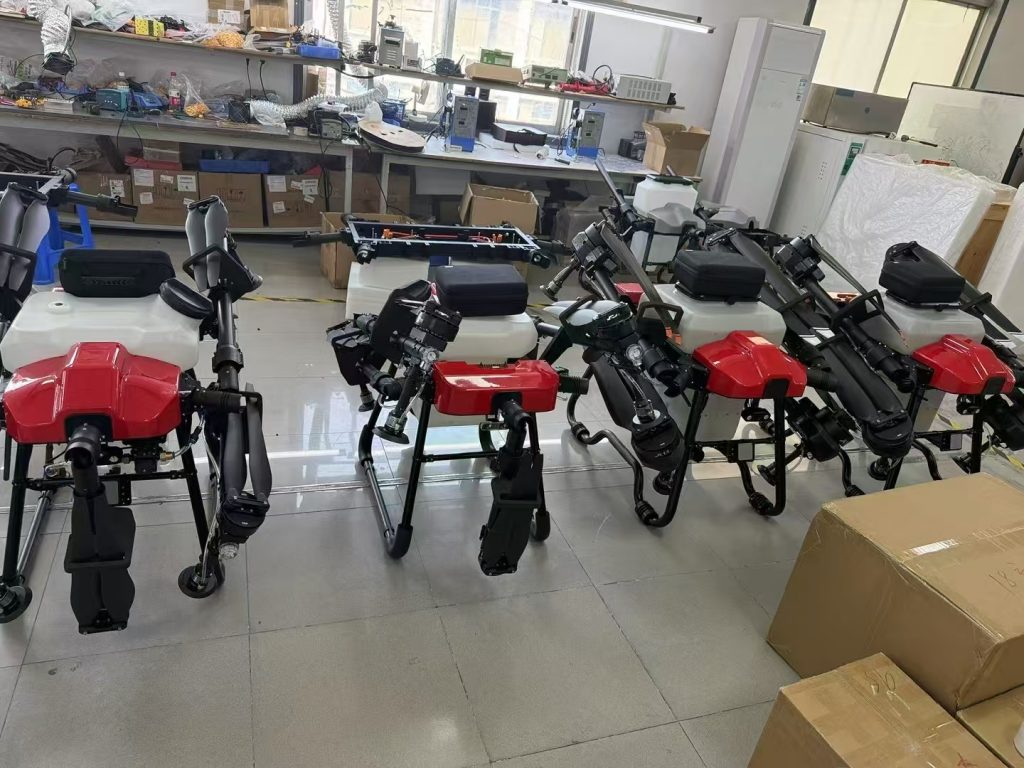
Nepal, a nation where 65% of its workforce tills the land and agriculture contributes 25% to GDP, is a tapestry of terraced hills, fertile valleys, and rugged highlands. From the rice paddies of the Terai plains to the potato fields of the Himalayan foothills and the tea gardens of Ilam, Nepali agriculture is both a lifeline for rural communities and a cornerstone of cultural identity. Yet, this vital sector grapples with steep challenges: fragmented landholdings (80% of farms are under 2 hectares), a shrinking rural workforce as youth migrate to cities, and a climate increasingly prone to floods, droughts, and erratic monsoons. To transform these hurdles into opportunities, Nepal is embracing smart farming—and agricultural drones, sourced from China’s specialized manufacturers, offer a tailored, high-impact solution to cultivate resilience and growth.
Nepal’s Agricultural Imperative: Why Drones Matter Now
-
Terrain complexity: Over 60% of farmland lies on slopes steeper than 25 degrees, making manual tasks like pesticide spraying or seed distribution dangerous and inefficient. In hilly regions like Dhankuta, farmers risk landslides or crop damage when tending to terraced fields.
-
Labor shortages: With 55% of Nepal’s population under 25, urban migration has left rural areas with an aging farmer base (average age: 52). Critical tasks during planting or harvest seasons—when timing is everything—often get delayed, threatening yields.
-
Resource inefficiency: Monsoon rains wash away 30–40% of manually applied fertilizers, while droughts in western Nepal (e.g., Doti District) dry up irrigation canals. Smallholders lack the capital for expensive machinery, trapping them in cycles of low productivity.
Chinese Agricultural Drones: Built for Nepal’s Mountains and Markets
1. All-Terrain Agility for Nepal’s Steep Landscapes
-
Terrain-following technology: Multi-rotor drones with LiDAR and obstacle-avoidance sensors glide over terraced fields, rocky slopes, and narrow village paths—critical for reaching remote farms in Gulmi or Mustang.
-
Lightweight portability: Foldable designs (under 12kg) fit into backpacks or jeep trunks, making them easy to transport to villages with no roads. In the Himalayan foothills, this accessibility has enabled farmers in remote Humla to adopt drones for the first time.
-
Weather resilience: IP67-rated motors and sealed sensor housings withstand monsoon downpours and dust storms common in the Terai, ensuring reliability year-round.
2. Precision Technology for Scarcity and Sustainability
-
Micro-spraying systems: Atomized nozzles reduce water use by 50–70% compared to manual methods. In Chitwan’s rice paddies, this cuts irrigation needs by 1,200 liters per hectare—critical as monsoon variability threatens water availability.
-
AI-driven monitoring: Multispectral cameras analyze leaf health, soil moisture, and pest outbreaks (e.g., stem borers in maize fields). In Ilam’s tea gardens, this enables early intervention, reducing crop losses by 20% and preserving the quality of Nepal’s organic exports.
-
RTK GPS accuracy: Centimeter-level positioning ensures uniform coverage in uneven terrain, vital for wheat fields in Tanahun or potato patches in Jumla, where inconsistent spraying wastes inputs.
3. Affordability for Smallholders and Scalability for Cooperatives
-
Budget-friendly models: Entry-level drones (under $10,000) fit the budgets of family farms, democratizing access to tech once reserved for larger cooperatives.
-
Training and support: Local technicians provide hands-on workshops in Nepali, teaching pilots to operate drones and interpret data. Partnerships with Nepal’s Ministry of Agriculture have reduced downtime by 40% and empowered women farmers in Kavrepalanchok to manage their own plots.
Beyond Hardware: A Partnership for Long-Term Growth
-
Localized solutions: Drones are adapted to Nepali crops (rice, maize, tea) and conditions, with user interfaces simplified in Nepali and maintenance guides featuring local examples.
-
Rapid spare parts networks: Partnerships in Kathmandu, Pokhara, and Biratnagar stock replacement parts, ensuring deliveries within 48 hours—critical during planting or harvest seasons.
-
Compliance alignment: Drones meet Nepali safety standards and align with the nation’s climate resilience goals, simplifying regulatory approval.
Mutual Wins: Strengthening Nepal’s Food Future
-
Economic resilience: Reduced labor costs and higher yields (trials show 18–25% increases) boost smallholder incomes, slowing rural-to-urban migration and reviving mountain villages.
-
Environmental stewardship: Precision resource use lowers chemical runoff into rivers like the Koshi, protecting water quality and aligning with Nepal’s “National Biodiversity Strategy.”
-
Climate adaptation: Faster response to floods or droughts helps farmers mitigate losses, securing food supplies for Nepal’s 30 million people.

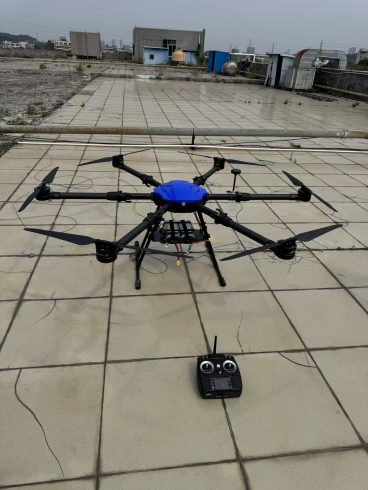
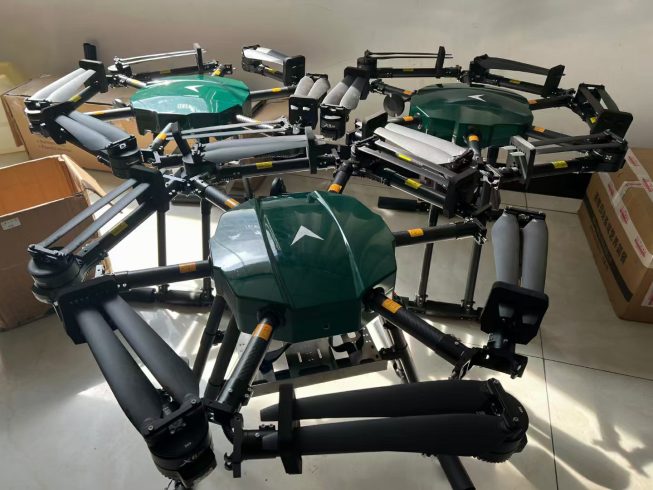
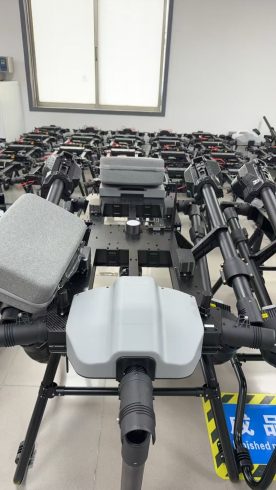

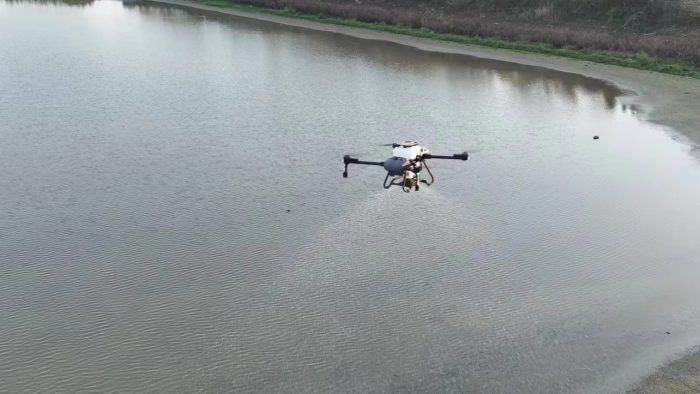

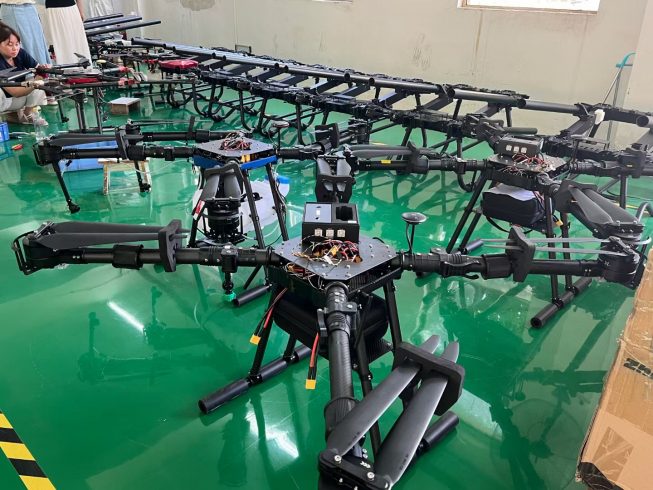


暂无评论内容